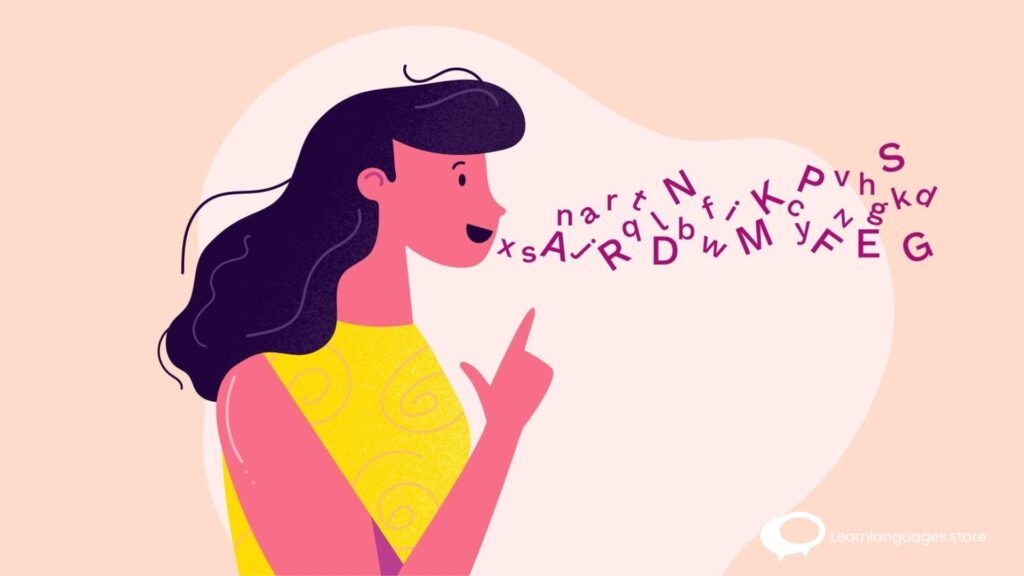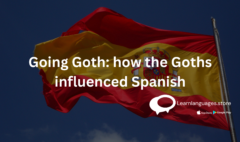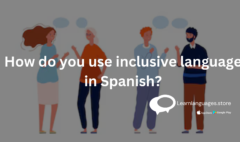8 amazing ways to say ‘Have a good day in Spanish
8 amazing ways to say ‘Have a good day in Spanish
One of the most exciting aspects of learning a language is being able to communicate and engage with others in casual settings. learning the words for You may say “have a good day” in Spanish, which is a straightforward phrase that you will use every day and hear a lot of.
Estimated reading time: 7 minutes
Knowing how to say good morning in Spanish will help you communicate more effectively in everyday situations, whether you’ve just done shopping and want to wish the cashier a good day as you leave or you’re wishing a friend or neighbor a good day.
Ten methods to express “good day” in Spanish will be covered in this post. If you wish to spread happy vibes, keep these expressions in mind.
Learn different phrases for “have a good day in Spanish”

1. Que tengas un buen día, Que tenga un buen día
This is the most common way to say good morning in Spanish. Because the verb tener means “to have” in Spanish, this expression literally translates as “May you have a good day.” Another common variation is que tengas una buena dia, which omits the indefinite article un.
This expression can be used in a variety of situations, such as wishing a friend a good day as you part ways. Que tengas un buen dia is the version for addressing someone you know, whereas que tengas un buen dia is the version for addressing someone more formally with usted.
For example:
– ¡Adiós, querido! Ya me voy. / ¡Adiós! Que tengas un buen día. – Bye, darling! I’m leaving now. / Bye! Have a good day.
– Aquí está su paquete, señora. / Gracias, que tenga un buen día. – Here’s your package, ma’am. / Thank you, have a good day.
There are many benefits of learning Spanish but, one of the biggest ones is to learn to greet people with politeness and kindness. Spanish people are known for their polite gestures. Learning to say ‘have a good day’ in Spanish will help you develop some good cordial relationships.
2. Que tengas un bonito día, Que tenga un bonito día

So, how do you say “Good day” in Spanish? Que tengas un bonito día is probably the closest expression. It literally translates as “have a lovely day,” so a common variant substitutes bonito for its synonym lindo, both of which means “pretty” in Spanish: que tengas un lindo dia. As with the previous expression, another variant omits the indefinite article: que tengas una bonita dia. Pay attention to the level of formality to choose between the tú and usted options.
For example:
– ¡Qué bueno fue verte! Tenemos que volver a salir pronto. ¡Adiós! / ¡Lo mismo digo! Que tengas un bonito día. ¡Hasta pronto! – It was so good to see you! We have to go out again soon. Bye! / I say the same! Have a nice day. See you soon!
3. Que pases un buen día, Que pase un buen día
This option is similar to the first but with a minor verb change. Pasar means to spend [time], so instead of wishing someone a good day, we wish them a good day to spend. This still best translates as another version of have a good day in Spanish in English. Like the other two, we can omit the indefinite article: que pases bien.
For example:
– ¡Chao, Joana! Nos vemos. / ¡Nos vemos! Que pases un buen día. – Bye, Joana! See you. / See you! Have a good day.
– Adiós, doctor. Que pase un buen día. / Hasta mañana, Ramírez. Igualmente. – Goodbye, doctor. Have a good day. / See you tomorrow, Ramírez. Same to you.
You can also learn to say good afternoon in Spanish as these expressions are quite common to greet people in the middle of the day. Learning them allows you to keep your conversations open with the people around you.
4. Que pases un bonito día, Que pase un bonito día
The literal translation is “May you have a lovely day,” but in English, it is best interpreted as “have a lovely day.” The rules for formality and dropping the indefinite article apply here as well.

For example:
– ¡Feliz cumpleaños, Julieta! Que pases un bonito día. / ¡Muchas gracias, Sofi! – Happy birthday, Julieta! I hope you have a nice day. / Thank you, Sofi!
– Gracias por visitar nuestro museo. Que pase un bonito día. – Thank you for visiting our museum. Have a nice day.
5. Buen día
This expression translates directly as “good day,” and while it’s most commonly used as a greeting, it can also be a quick way to say “have a good day” in Spanish. In fact, buen da is a contraction of que tengas un buen da.
There is no distinction between tú and usted because there is no verb. It’s a more casual expression, but it’s still a little formal to use with family and friends.
For example:
– Gracias por la información. Buen día. / A su servicio. Hasta luego. – Thank you for the information. Good day. / You’re welcome. See you later.
– Hasta mañana, jefe. Buen día. / Buen día para ti también. Adiós. – See you tomorrow, boss. Good day. / Good day to you too. Goodbye.
6. Bonito día, Lindo día
These are some other short and formal expressions to wish someone a good day in Spanish, similar to the previous one. Similarly, they are shortened versions of the two versions of que tengas un bonito dia that we mentioned earlier. Both abbreviated versions, bonito da, and lindo da, are used interchangeably.
For example:
– Muchas gracias por su compra. Bonito día. / A usted. Igualmente. – Thank you for your purchase. Have a nice day. / Thanks to you. Likewise.
– Hasta luego, señora Miriam. Ya llegó mi taxi. / Hasta luego, Diana. Lindo día. – See you later, Mrs. Miriam. My cab is here. / See you later, Diana. Have a nice day.
7. Feliz día
Feliz da literally translates to “happy day.” This expression is most commonly used in retail contexts as a farewell after a transaction has been completed, as a short and sweet alternative to thank you and have a nice day in Spanish. It’s less common to hear feliz dia in contexts other than retail, but it’s still an option.
For example:
– Muchas gracias por la comida, estuvo deliciosa. / Estamos para servirle. Feliz día. – Thank you very much for the meal, it was delicious. / At your service. Have a nice day.
8. Que estés bien, Que esté bien
This phrase translates directly as [I hope] you will be fine, or simply as be fine. Although this isn’t strictly another way of saying “have a good day” in Spanish, it’s still a way of wishing someone well that’s usually used as a farewell.
The level of formality varies between the tú and usted forms: que tú estés bien for peers, or que usted esté bien in formal interactions.
For example:
– Chao, Mariana. Tengo que ir a casa a cuidar a mi hermano. / Chao, Natalia. Que estés bien. – Bye, Mariana. I have to go home to babysit my brother. / Bye, Natalia. Be well.
Conclusion
We discovered that the most typical way to express have a pleasant day in Spanish is que tengas un buen da. But you now have a variety of additional ways to wish folks well. learn with learnlanguage.store

Learn Languages Store
Vashi,
Email: services@learnlanguages.store










